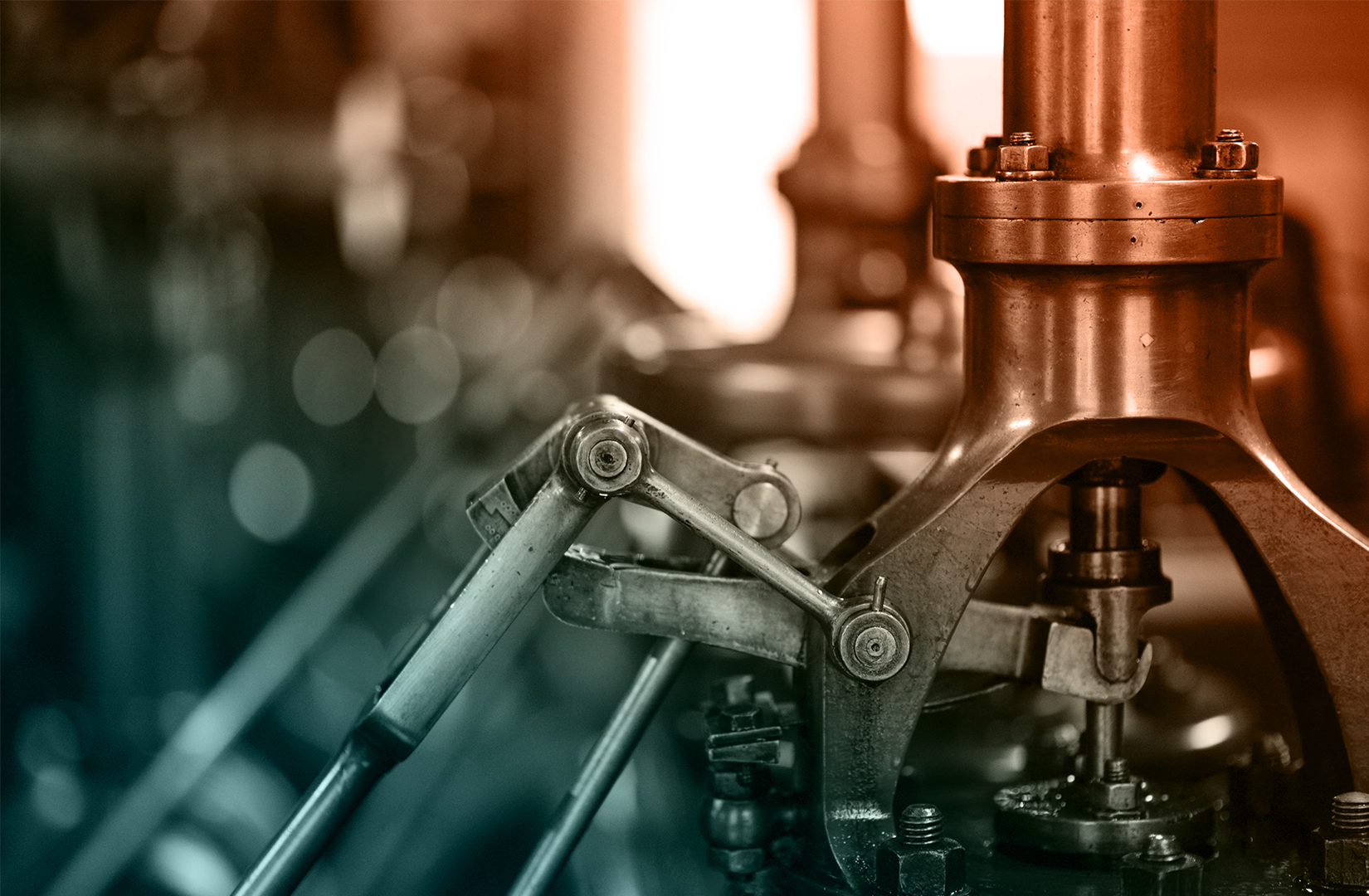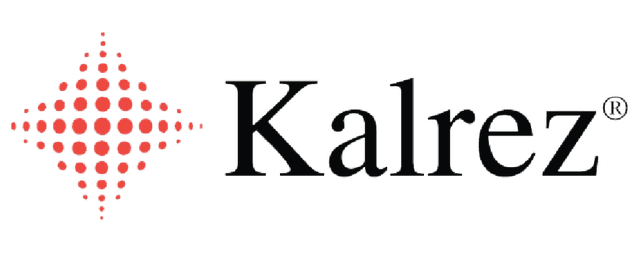
AMS Materials (Aerospace Material Specification)
AMS (Aerospace Material Specification) elastomeric materials are designed to meet the rigorous demands of the aerospace industry, where safety, reliability, and performance are paramount. These materials are tested and certified to meet the high standards required for use in aircraft, spacecraft, and other aerospace applications. AMS elastomeric materials offer superior resistance to extreme temperatures, chemicals, and environmental conditions, ensuring the integrity and longevity of critical components in aerospace systems.
AMS spec silicone, EPDM, Viton, CanRez® FFKM and Kalrez® O-rings, gasket rapid manufacturing, & custom molded parts are available now!
Check with one of Canyon’s helpful product engineers for an expert material and manufacturing recommendation.
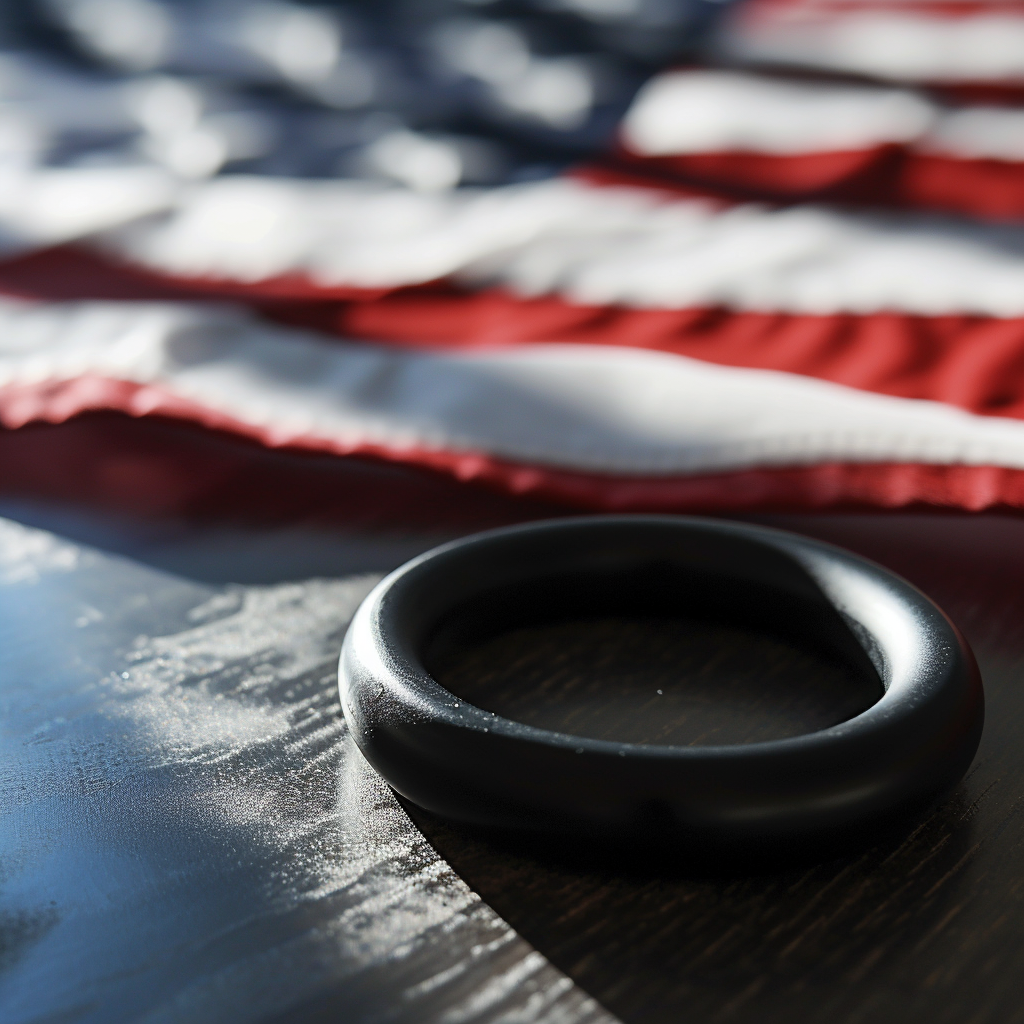
Features of AMS Elastomeric Materials
AMS elastomeric materials possess several essential features that make them suitable for aerospace applications:
- High Temperature Resistance: AMS elastomers are capable of withstanding extreme temperatures, often ranging from -60°C to over 200°C, ensuring they remain functional in both high-altitude, low-temperature environments and high-heat engine applications.
- Chemical and Fluid Resistance: These materials offer excellent resistance to aviation fuels, hydraulic fluids, oils, and other harsh chemicals commonly encountered in aerospace environments, ensuring long-term performance and safety.
- Environmental Stability: AMS elastomers are designed to resist degradation caused by ozone, UV radiation, and other environmental factors, making them ideal for use in the challenging conditions of aerospace operations.
- Low Outgassing: Many AMS elastomeric materials are engineered for low outgassing, which is crucial in space applications where contamination can affect sensitive equipment.
- Durability and Flexibility: AMS elastomers provide excellent mechanical properties, including flexibility, tensile strength, and compression set resistance, ensuring reliable sealing and vibration absorption in dynamic environments.
Common Applications of AMS Elastomeric Materials
AMS elastomeric materials are used in a variety of critical aerospace applications due to their high performance and reliability:
- Seals and Gaskets: AMS elastomers are commonly used in seals and gaskets for aircraft engines, hydraulic systems, and fuel systems, providing reliable sealing in extreme conditions.
- O-Rings: AMS-certified O-rings are widely used in aerospace components, including landing gear, engines, and flight control systems, where fluid resistance and temperature stability are essential.
- Vibration Dampening: These materials are used in vibration dampening systems to absorb shock and reduce vibrations in aircraft structures, improving safety and comfort.
- Fuel and Hydraulic System Components: AMS elastomers are used in hoses, seals, and diaphragms in fuel and hydraulic systems, ensuring compatibility with aviation fluids and providing long-lasting durability.
- Space Applications: In spacecraft and satellites, AMS elastomeric materials are used in seals and other components that require low outgassing and resistance to extreme space conditions, such as vacuum and radiation exposure.
Please consult a Canyon Components Engineer about your specific application and we will use our decades of experience to formulate a solution that fits your need.
AMS Spec Materials Available
This table shows many of our standard materials and links out to our O-ring store. Get in touch with us if you need a custom gasket, custom molded part, or non-standard geometry!
Filter by
Temperature Search (°C)
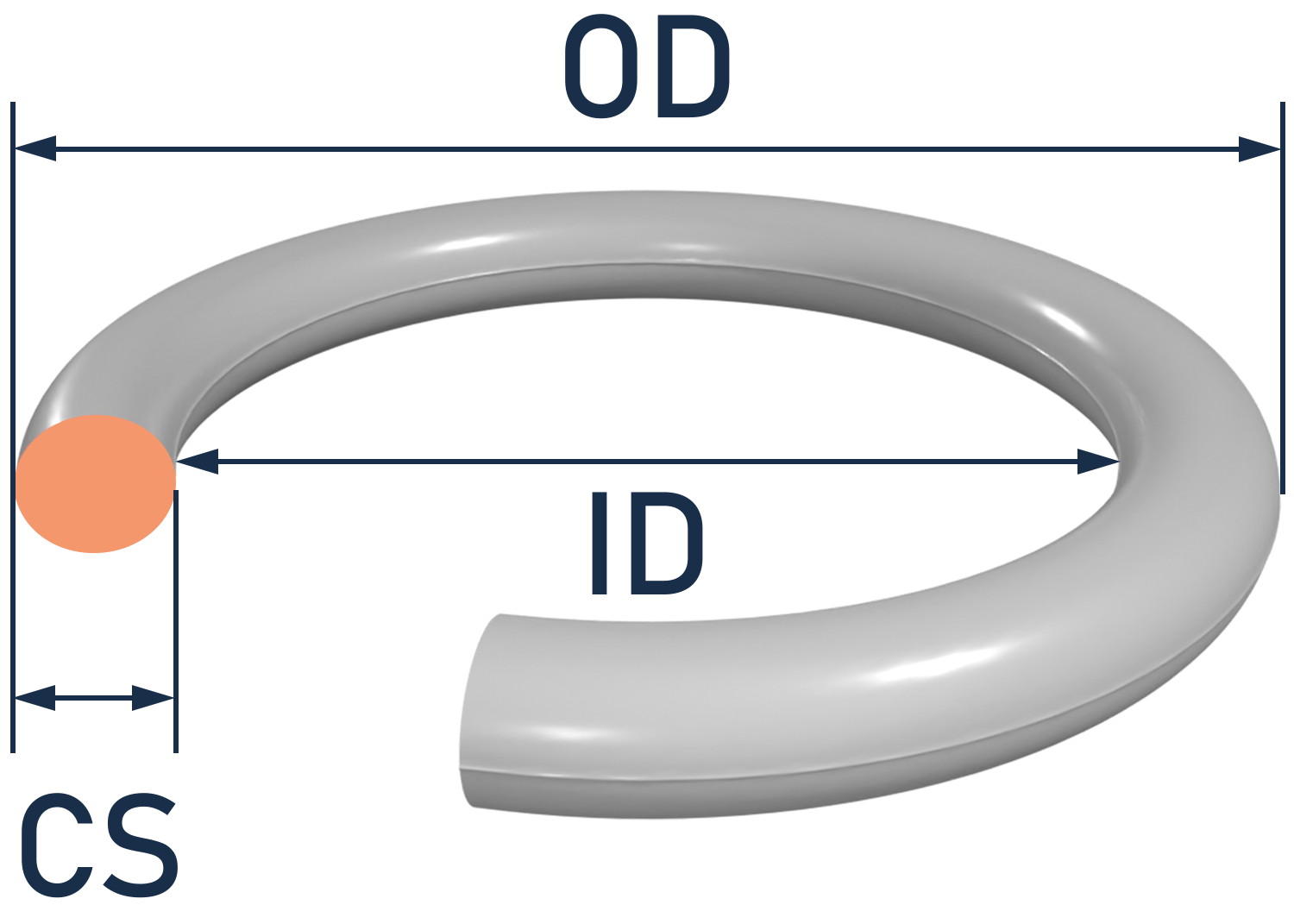
Get a Quote Now!
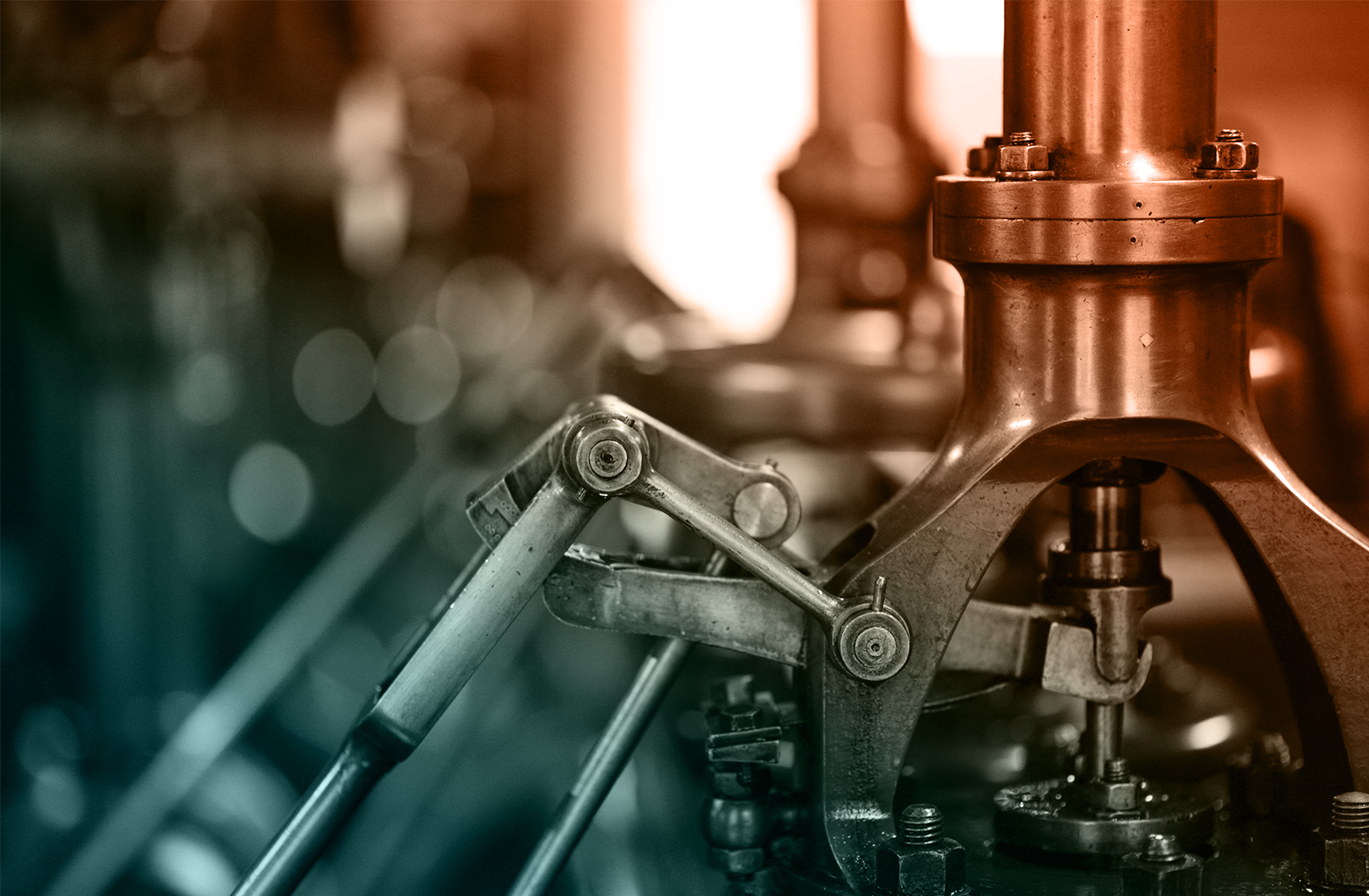
AMS Materials
CanRez™ FFKM Perfluoroelastomer
Extreme temperatures & chemicals require extreme solutions! Aerospace CanRez™ FFKM materials offer extreme reliability where you need it most! Thousands of sizes in stock now!
Kalrez® FFKM Perfluoroelastomer
Canyon Components offers aerospace Kalrez® Perfluoroelastomer (FFKM) O-rings, gaskets, & custom molded parts at competitive prices and with great lead-times.
AMS Parker® O-rings, Parofluor parts, parker FKM Viton
Canyon Components offers AMS Parker Hannifin® O-rings, Gaskets, AMS Perfluoroelastomer (FFKM) parts, & custom molded parts at competitive prices and with great lead-times.
FKM (Viton®, Fluorocarbon)
AMS FKM compounds, O-rings, gaskets, & custom molded parts exhibit excellent mechanical attributes as well as excellent resistance to high temperatures, mineral oil, ozone, fuels, hydraulic fluids, and many other solvents and chemicals.
Aflas® (TFE/P)
AMS TFE/P (Aflas) compounds, O-rings, gaskets, & custom molded parts gives high resistance to steam, hot water, atmospheric wear, and many chemicals. TFE/P compounds provide superior performance in water, steam and virtually all caustic chemicals.
Fluorosilicone (FVMQ)
The mechanical and physical properties of AMS Fluorosilicone O-rings, gaskets, & custom molded parts are very similar to silicone. Fluorosilicone O-rings, gaskets, & custom molded parts offer improved flexibility and strength, better resistance to fuels and mineral oil, but reduced hot air resistance.
Silicone (VMQ, PVMQ)
AMS Silicone seals, O-rings, gaskets, & custom molded parts are excellent for extreme temperatures in static applications. Canyon Components carries a range of silicone materials, and we are happy to custom tailor a seal to meet your application requirements!
EPDM (Ethylene Propylene)
AMS EPDM materials, O-rings, gaskets, & custom molded parts can operate over a wide temperature range, and are compatible with glycol fluids that cause problems for most typical elastomeric seals.
NBR (Nitrile, Buna-N)
AMS Nitrile O-rings, gaskets, & custom molded parts are very oil-resistant, have strong mechanical properties, are resistant to wear, and are relatively inexpensive. These properties make Nitrile the most commonly used general purpose O-ring, gasket, & custom molded part material.
HNBR (Hydrogenated Nitrile)
AMS Hydrogenated Nitrile O-rings, gaskets, & custom molded parts offer higher strength and reduced degradation at high temperatures compared to conventional Nitrile materials. These properties make HNBR materials popular in the oil and gas industry, as well as many applications in the chemical industry.
XNBR (Carboxylated Nitrile)
AMS XNBR O-rings, gaskets, & custom molded parts are similar to Nitrile, but the backbone has been chemically modified with a Carboxylic Acid group. The resulting elastomer is a Nitrile rubber with outstanding abrasion and chemical resistance, superior to that of traditional Nitrile.
Neoprene (CR)
Chloroprene was the first synthetic rubber, and was developed commercially under the name Neoprene®. AMS Chloroprene rubbers, O-rings, gaskets, & custom molded parts contain Chlorine in the polymer to reduce the reactivity to many oxidizing agents, as well as to oil and flame.
Polyurethane (PU, AU)
AMS Polyurethane O-rings, gaskets, & custom molded parts generally have two or three times greater tensile strength and wear resistance than Nitrile and comparable polymers. Polyurethane also provides excellent permeation resistance when compared to most rubbers.
Spring Energized Seal (SES)
The harshest environments require specialized solutions. Often times, a Canyon Components AMS Spring Energized Seal (SES) will be needed. SES are typically formatted in a multi-piece assembly consisting of a polymeric sealing component that is wrapped around a spring energizer.
Specialty Manufactured Elastomers
Materials for Military, Aerospace, & Automotive
Explore materials for military, aerospace, and automotive: designed for strength, precision, and durability under extreme conditions.
Specialty Compliances
Canyon have materials available for O-rings, gaskets, & custom parts with compliances ranging from USP Class VI <87> & <88> for medical applications, to FDA CFR 21.177.2600 grades A through F for different food types, to the various drinking water specifications like KTW and NSF. Whether it's metal, rubber, or plastic, Canyon can meet your needs!
Custom Parts
Here at Canyon Components, we make sure to offer our customers any manufacturing technique they desire. Whether your clean room manufactured O-rings, gaskets, & custom molded parts be rubber, plastic, or metal, rest assured that Canyon Components can make it!
AMS Plastics
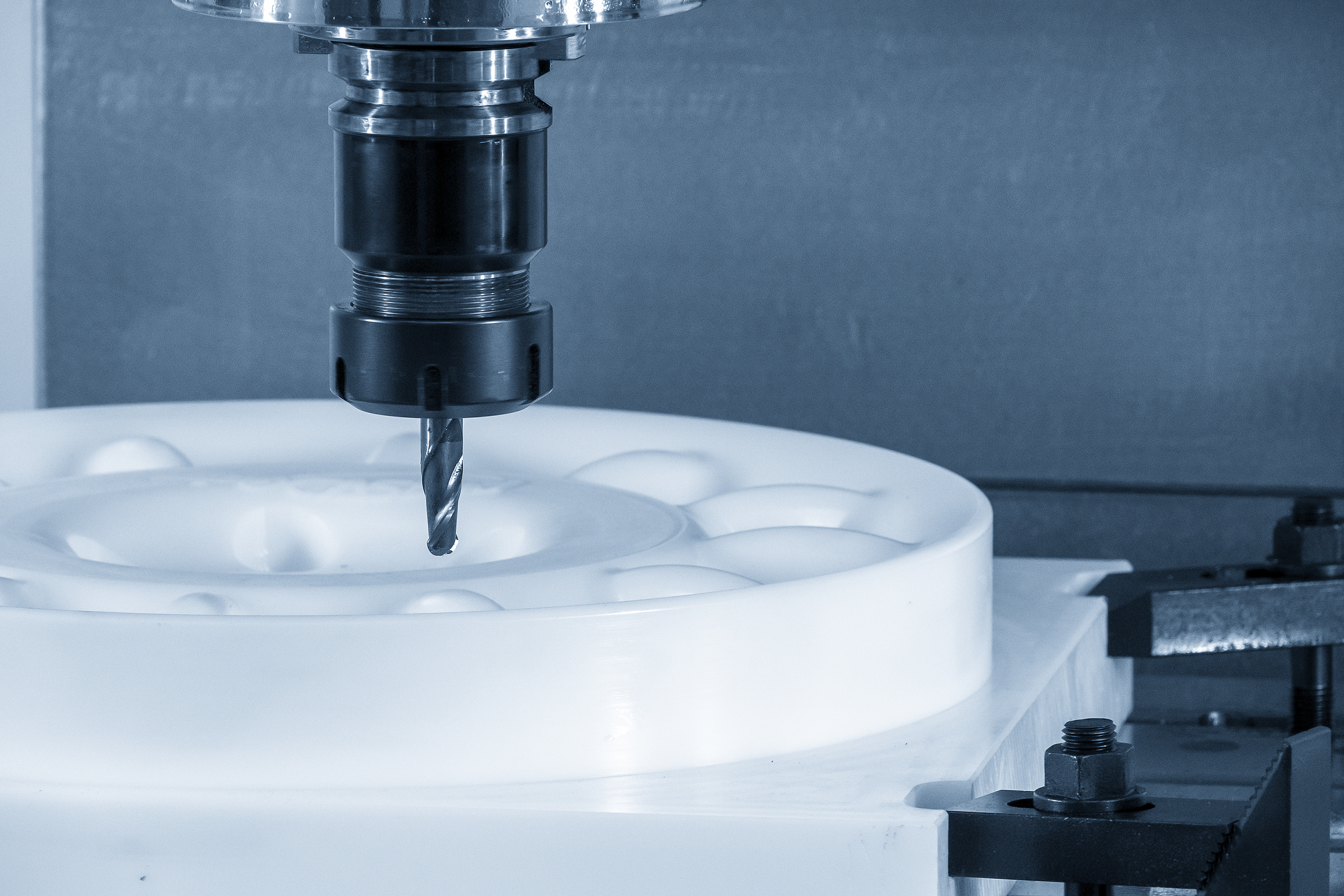
AMS Materials Pros & Cons
AMS (Aerospace Material Specification) elastomeric materials are critical for ensuring the safety, performance, and reliability of aerospace components. With features like extreme temperature resistance, chemical compatibility, and environmental stability, these materials are designed to meet the stringent requirements of the aerospace industry. While they may come with higher costs and a more complex manufacturing process, their long-term durability and compliance with aerospace standards make them an essential choice for aircraft, spacecraft, and other aerospace applications. Understanding the features, applications, and potential drawbacks of AMS elastomeric materials will help you select the best material for your specific aerospace needs.
Canyon Components strives to meet all customer service requests. Feel free to contact Canyon Components engineering and let our knowledgeable staff help you design the perfect part for your needs.
Pros of AMS Elastomeric Materials
AMS elastomeric materials offer several advantages that make them ideal for aerospace applications:
- Compliance with Aerospace Standards: AMS elastomers are tested and certified to meet the stringent requirements of the aerospace industry, ensuring that they perform reliably in critical applications.
- Extreme Temperature and Chemical Resistance: These materials are designed to withstand the harsh environments encountered in aerospace, including exposure to fuels, hydraulic fluids, and extreme temperatures.
- Durability and Longevity: AMS elastomeric materials are engineered for long-term use in demanding conditions, reducing the need for frequent replacements and minimizing maintenance costs.
- Low Outgassing for Space Applications: AMS elastomers with low outgassing properties are ideal for use in space, where contamination from outgassed materials could compromise sensitive instruments.
- Environmental Resistance: These materials are resistant to environmental factors like ozone and UV radiation, ensuring long-lasting performance in aerospace applications exposed to the elements.
Cons of AMS Elastomeric Materials
While AMS elastomeric materials offer numerous benefits, there are some potential drawbacks to consider:
- Higher Costs: AMS elastomers tend to be more expensive than standard elastomeric materials due to the specialized testing, certification, and performance requirements.
- Limited Material Selection: The strict requirements of AMS standards can limit the range of elastomers available for certain applications, making it more challenging to find the right material for unique or custom needs.
- Complex Manufacturing Requirements: Producing AMS elastomeric materials often requires advanced manufacturing processes and quality controls, which can increase lead times and production costs.
- Stringent Certification Process: The certification process for AMS elastomeric materials can be rigorous and time-consuming, potentially adding to development timelines.
Relevant Compliances
ASTM D2000 Materials
Explore ASTM D2000 elastomeric materials, designed to meet industry standards for performance and durability.
UL Certified Materials
Explore UL Certified Materials: rigorously tested for safety and performance, meeting strict standards for reliability in various industries.
Materials for Military, Aerospace, & Automotive
Explore materials for military, aerospace, and automotive: designed for strength, precision, and durability under extreme conditions.
Back to Compliance Hub
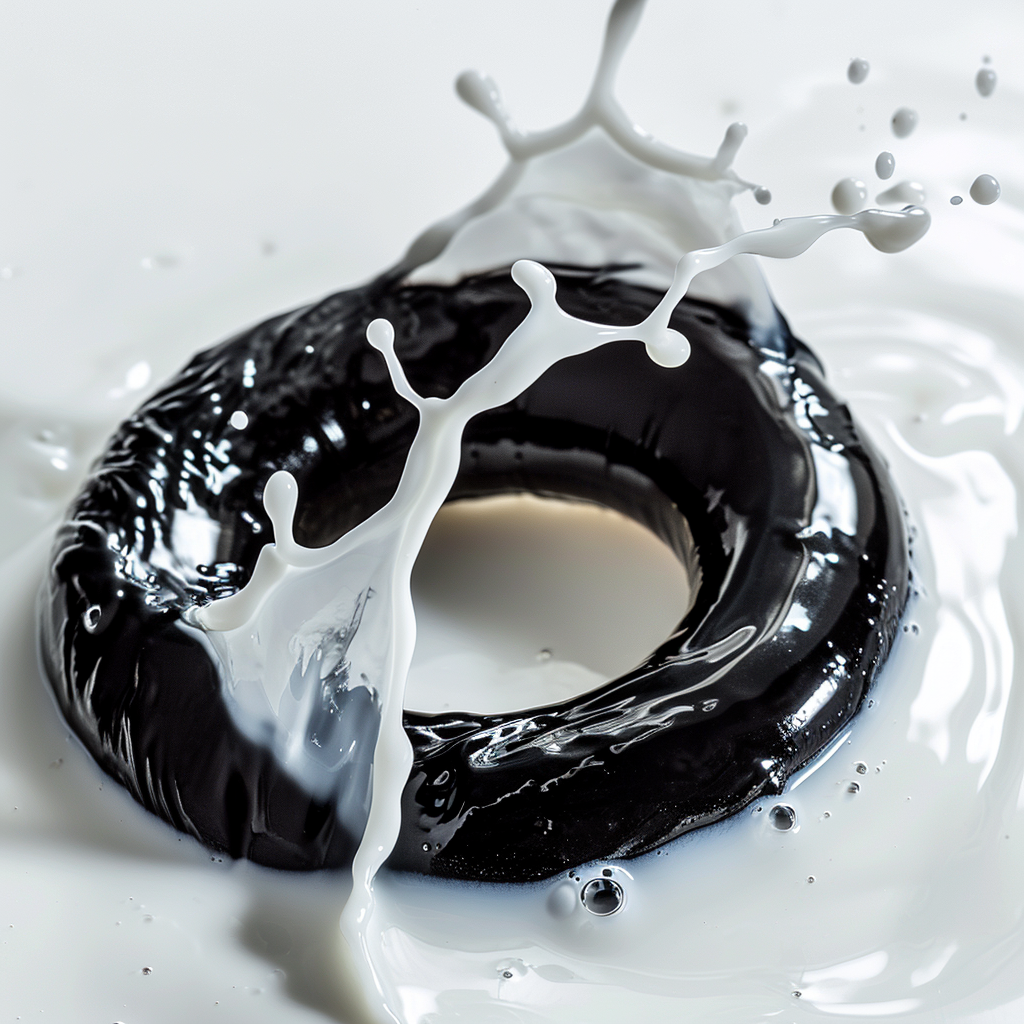
Get A Quote Now!
